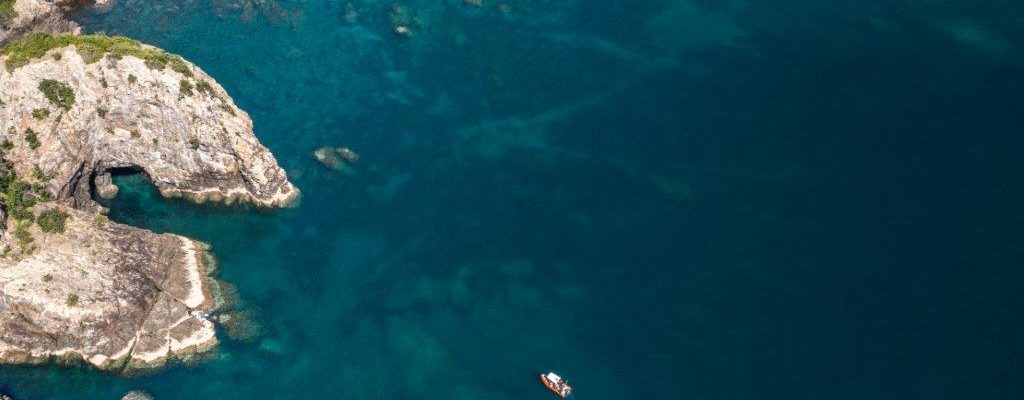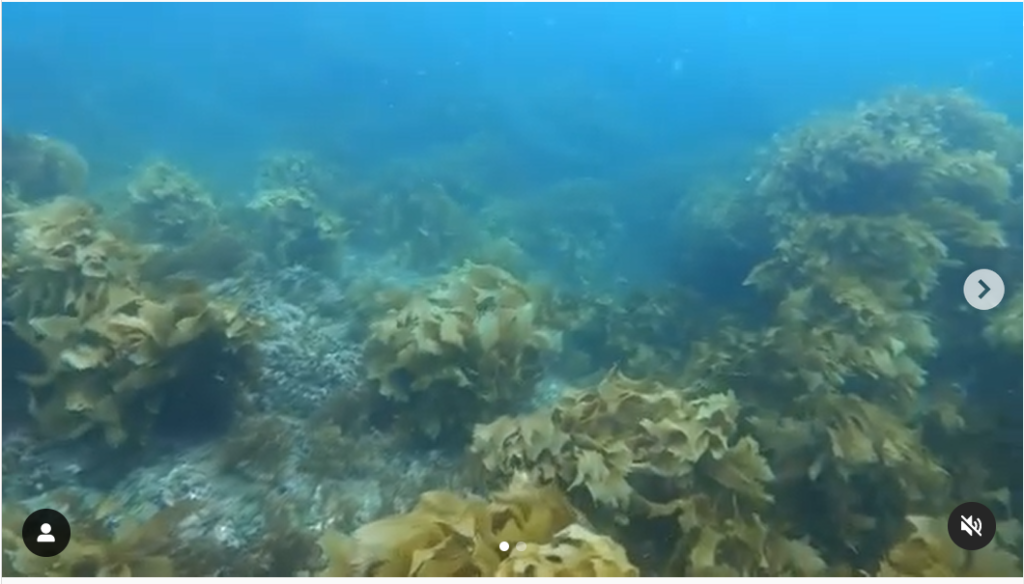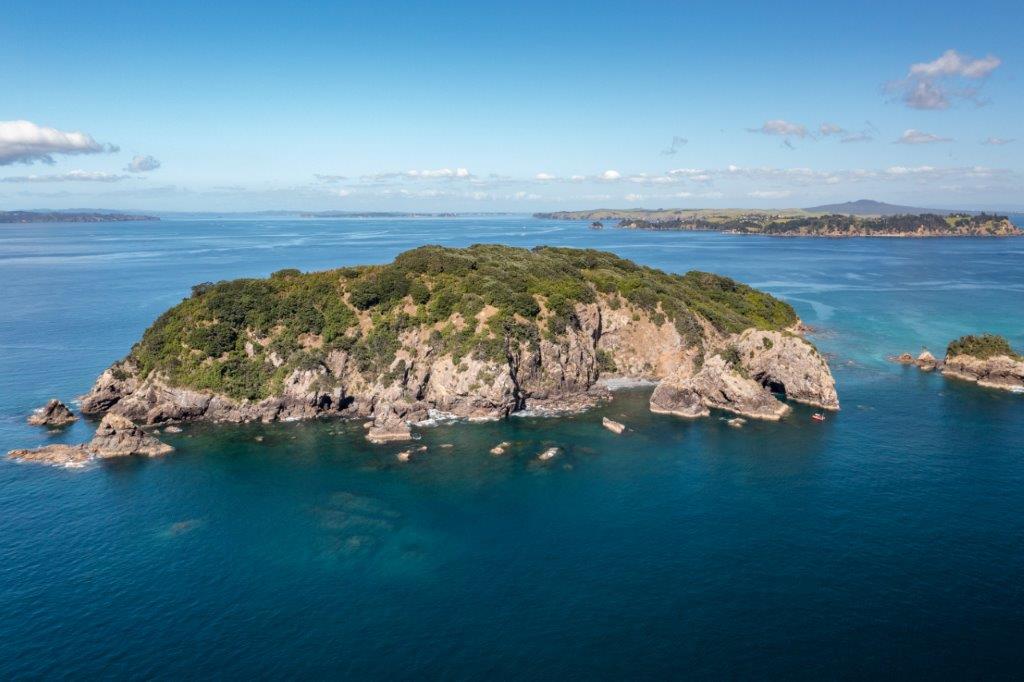The Noises hold a very special interest for seabird lovers. Being home to at least…

Kina removal at the Noises– successfully bringing back the forests, just without the “birds”
There’s increasing recognition of the kina barren problem in the Hauraki Gulf / Tīkapa Moana / Te Moananui-ā-Toi and the loss of rimurimu (kelp) forests, which is so important, given that these deforested reefs out of sight and mind for many. With the increasing number of community efforts popping up around kina management and removal, we thought it was timely to share some learnings from The Noises.
Two years ago, a team from the University of Auckland’s Institute of Marine Science embarked on an investigation to better understand the relationship between kina and kelp forests (rimurimu) and how kina removal might be incorporated into wider plans to restore the mauri of rocky reefs in the Hauraki Gulf.
In the 2020/2021 summer, kina were removed (by culling) at four kina barren locations at Hauturu-o-Toi, Nordic Bay and V Bay (Leigh), and Ōtata/The Noises.
This was a one-off removal event, with the removal areas being fairly large (1.6-2 ha) and discrete areas of kina barrens in order to slow down the reinvasion and natural recolonisation of kina. At The Noises, ~90% of kina were removed from an area of ~2 ha (20,000 square metres). These were removed predominantly by a team on SCUBA, and many hours of dive time.
The team have since conducted monitoring surveys over the last two years, charting the natural recovery of rimurimu. We were afforded a recent preview, which we found astonishing and shows that not everything in the ocean is knackered and there is so much opportunity for recovery.
The study so far has found that kina removal results in a rapid increase in rimurimu species. Given how quickly and densely the rimurimu has returned on its own, it also demonstrates that (for similar parts of the Hauraki Gulf) kina are the primary factor limiting kelp growth.
Kina need to be reduced to a very low level to allow the rimurimu to regrow. The team had some parallel experiments which found that even a low presence of adult kina was enough to overgraze juvenile rimurimu and prevent recovery to the same extent.
Encouragingly, if there are healthy rimurimu near to the kina barren sites – like there was at The Noises – these provide a natural “seed bank” for recovery. In cases where these natural seed banks are lacking, active reseeding or translocation of rimurimu may be needed, however, these are not likely to be effective unless kina densities are substantially reduced.
And to the kina… the study observed that the kina that remain in the ‘restored’ area are now in better condition due to the increase in available food (kelp).
While the results of the study are positive in showing rapid natural recovery of rimurimu the areas remain heavily fished and the researchers have not seen any improvement in numbers of targeted species such as tāmure and koura. This highlights how kina removal can only ever be seen as part of a longer-term solution.
Without predators controlling kina populations, eventually the kina will return in numbers to the removal areas and barrens will re-establish. So, although kina removal can provide rapid recovery of kelp, the kina shouldn’t be seen as the problem. The problem is that the marine ecosystem has been tipped out of balance, and there are no longer enough predators (being large snapper/ tāmure and crayfish/kōura) to keep the kina populations in check.
Rebuilding populations of large tāmure and kōura is vital to reversing kina barrens at large scale. And that will only come if we have marine protection.
The late Bill Ballantine was a proponent of us butting out and letting the ocean restore itself. Perhaps what we’re learning here is that with protection in place, we could kick start recovery and let the ocean do the rest.
Thanks to the University of Auckland team – Nick Shears, Kelsey Miller and Arie Spyksma. These projects were undertaken with the blessing of Ngāti Manuhiri and Ngāi Tai ki Tāmaki. This study was funded in part thanks to a grant from G.I.F.T., and would not have been possible without volunteers and partnerships. Photo by Arie Spyskma.




